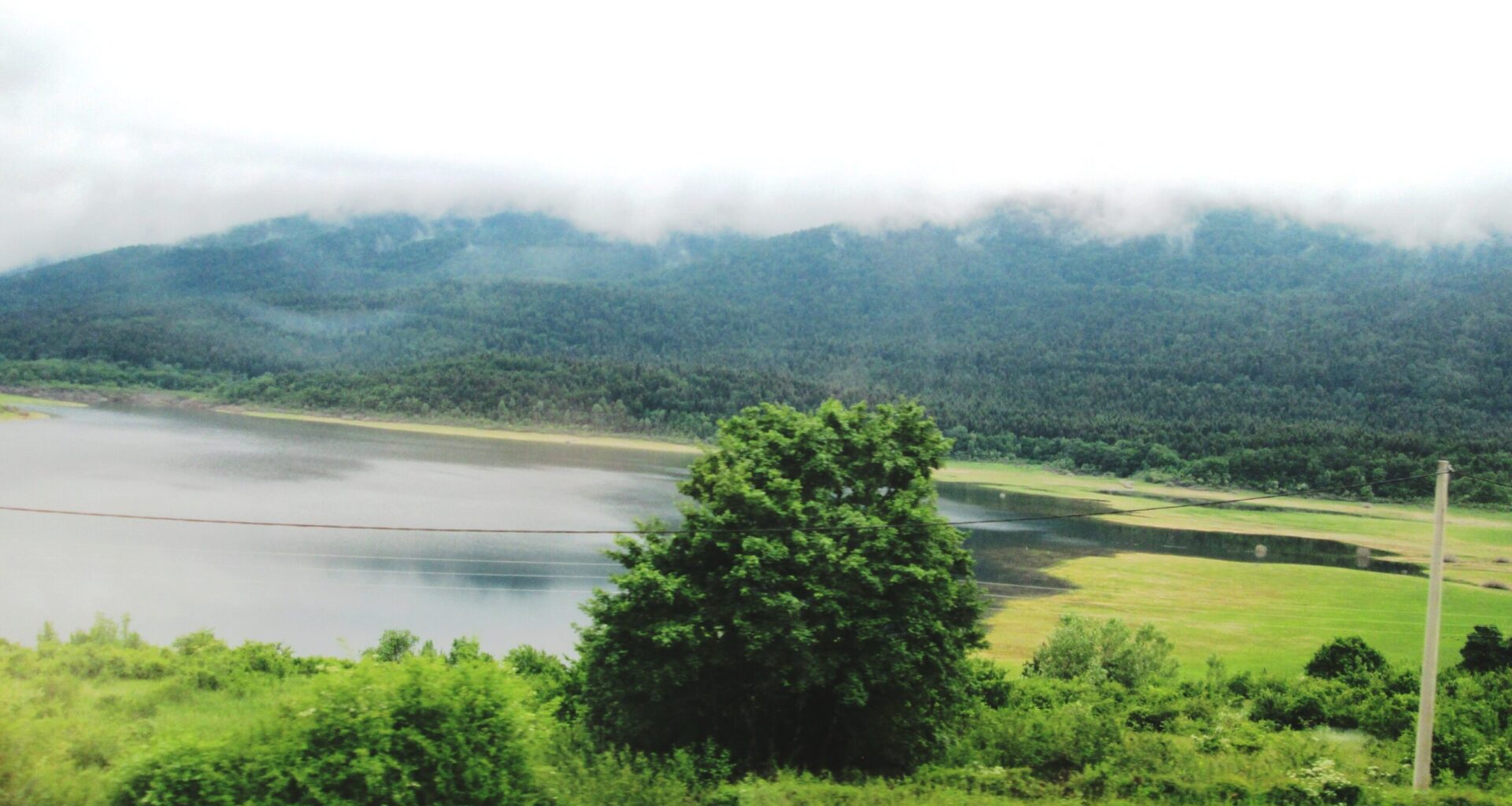October the 27th, 2025 – There’s a fascinating Croatian lake that is one of only 30 of its kind anywhere on Earth. In some ways, its behaviour would suggest that it is more a living being than a mere body of water…
As Putni kofer/Martina Hrupic writes, in all the incredible natural beauty this world boasts, one of the most unusual lakes in the world is hidden right here in Croatia, and in an area of the country most simply overlook. This interesting Croatian lake is often classified as a rare natural phenomenon, so rare that there are only about 30 of its kind left on Earth. This is the marvellous Lake Blato (Blaćansko jezero) in the municipality of Saborsko in Karlovac County, not too far from bustling Zagreb. This natural wonder couldn’t be further from the stresses of the city, however.
Lake Blato, and primarily the Great Cave there that “feeds” it, is categorised as an estavela. It is a cavity in the karst that alternately ejects or swallows water, meaning it is both a spring and a mysterious abyss. It behaves like a spring when the underground channels are completely filled up with water. When this isn’t the case, it becomes an abyss. Estavelas are usually found on the edges of karst fields and are fascinating natural phenomena.
scientists still don’t fully understand the lake’s behaviour
Therefore, it is not surprising that this Croatian lake, which is among 30 of its kind on Earth, is so bizarre. It is located near the villages of Blato and Begovac and has attracted the attention of numerous scientists for centuries now. They have all explored, studied, and tried to unravel its endless secrets. It is widely believed that they succeeded to some extent or another – but far from entirely, even to this day. The conclusion is that this odd lake is filled from the river that flows under Gradovit Vrh and under the Blaćansko polje itself… But, there’s more to it than that.
“This lake empties every year through the chasms in its northeastern and southeastern parts. By colouring the water in the northeastern chasm, an underground connection was established with Lake Sinjac (in the hamlet of Plavča Draga) and further to the north with the source of the well known Mrežnica River. To this day, it has not been determined where the water that sinks in the southeastern part of the lake actually goes. Everything points to the possibility that it flows through the limestone composition of Pištenik and, together with the waters of the Jesenica River, flows towards the Slušnica or even towards the Mrežnica. There’s a high probability that the underground circulation of water from the periodic Lake Blato does or at least did flow in the direction of the Balinka Cave. This is the only way, for now, that we can actually interpret the origin of such a large cave and underground cave,” it is stated.
the croatian lake that is among the oddest on earth
This particular Croatian lake has attracted the attention of researchers since the nineteenth century. It was explored extensively back during the 1830s by two independent teams from nearby Austria, led by hydrologist Fras and General Palfy. The latter shocked the local population when coloured planks appeared in the lake, the origin of which they could not explain. Back then, the planks that Palfy threw into the Great Cave which was assumed to be the primary source or abyss of Lake Blato, was a common way of deciphering the flow of bodies of water during the period.
A number of interesting phenomena have been recorded throughout history. In 1885, there was a major flood, with very cold and turbulent water that turned all the submerged trees totally black. In addition, although Lake Blato is drying up, this was far from the case in the period from 1888 to 1893. The alleged explanation was that the flood had dragged the mowed hay with it and clogged up the lake’s ravines. As for the lake’s water levels, the highest ever measured was far more recently in 1984, reaching 19.4 metres. The aforementioned Velika Pećina was also explored, but at one point, the researchers encountered high concentrations of carbon dioxide in its depths, which prevented them from delving deeper still.
The water that makes up the body of the weird and wonderful Lake Blato itself is also very interesting. It is soft water, which means that it is very poor in calcium and magnesium and has a low density. It is therefore easier to sink in it and much more difficult to swim there. Those who do want to swim a slightly longer distance in the lake should be strong swimmers and in very good shape, as it could potentially be dangerous.
Subscribe to our newsletter
the fields marked with * are required
